Risk Assessment for Ships: A General Overview
Risk is like queering someone or something valued to an unknown or anticipated danger, harm, or loss. Even though there is no such universally accepted general definition of risk, but one commonly applied and authoritative resolution in most industrial contexts, defines risk as “A combination of the probability, or frequency, of occurrence of a defined hazard and the magnitude of the consequences of the occurrence.”
According to International Maritime Organization (IMO), risk is the “combination of the frequency and the severity of the consequence”, thereby articulates two components of the likelihood of occurrence and the probability of severity of the (un)predictable consequences.
What is Risk Assessment for Ships?
“Safety management objectives of the company should…establish safeguards against all identified risks” so has it been stated in the paragraph 1.2.2.2 of the ISM Code (International Safety Management Code). However this does not determine any particular approach to the risk management theory, and it is for the company itself to choose methods appropriate in accordance with its organizational structure, its ships and trades. The methods could vary accordingly but how ever more or less formal they are, they should be well organised and planned if assessment and responses are meant to be completed and act effectively, and also the entire exercise should be documented in drafts or amendments so as to provide evidence of the decision-making process.
ISO 8402:1995 / BS 4778 define risk management, which includes maritime risk assessment as: “The process whereby decisions are made to accept a known or assessed risk and/or the implementation of actions to reduce the consequences or probability of occurrence.”
The Marine Risk Assessment Process
Basically the risk assessment process is concerned with observing the company’s activities and operations, identifying what might go wrong, and deciding upon what should be done in order to prevent it. The areas pertained to are:
- Identification of hazards
- Assessment of the risks concerned
- Application of controls to reduce the risks
- Monitoring of the effectiveness of the controls
The identification of hazards is most important since in determines the course of actions to be followed thereafter. Observation of the activities helps in achieving perfect accuracy and completeness which again can only be accomplished by a systematic process. For this it is necessary to have professional training and instruction to assure its application in a thorough and consistent manner. Also it is important to keep in mind that hazards must not be confused with incidents whereas incidents must not denote consequences.
The marine risk assessment helps in evaluation of each hazard associated with the risks in terms of the likelihood of harm and its potential aftermath. This assists in enabling the company to imply priorities and exploit its scarce resources for greatest effect.
While settling with the application of controls, it is essential to take the frequency of the activity into account so that a potential moderate risk may be more important to be addressed upon than a rare but substantial risk.
The most relevant risks to monitor are:
- Health and safety issues of individuals involved directly or indirectly in the activity, or those who may be otherwise affected
- Property of the company and others
- The environment
Conclusion
Risk assessment for ships should be continual, flexible, reviewed regularly to improve safety and preventing pollution. Since ‘risk’ is never a constant or concrete entity, the divergence of the nature of perception and anticipation the level of danger from the risk undertaken is resolved by experience, training and disposition. Human behaviour towards issues, general awareness, and constant vigilance of those involved, all play a vital role in the organisation’s decision-making process in the risk assessment in ship operations.
You may also like to read-
Image Credits: rabaska, snh
Do you have info to share with us ? Suggest a correction
Latest Ship Safety Articles You Would Like:
Subscribe To Our Newsletters
By subscribing, you agree to our Privacy Policy and may receive occasional deal communications; you can unsubscribe anytime.



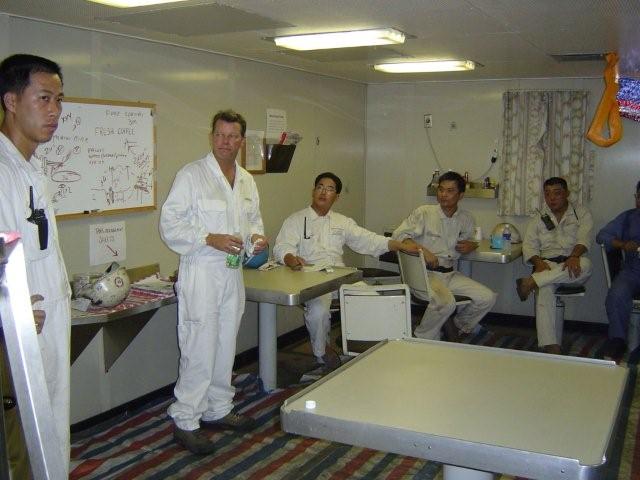
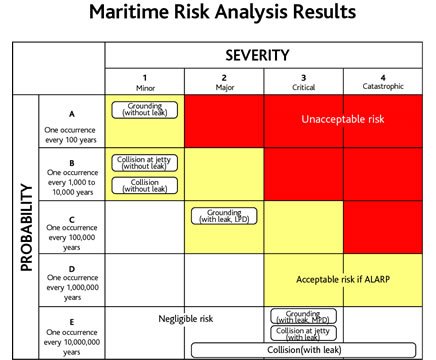
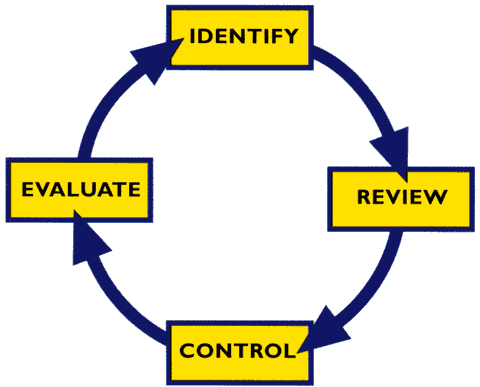
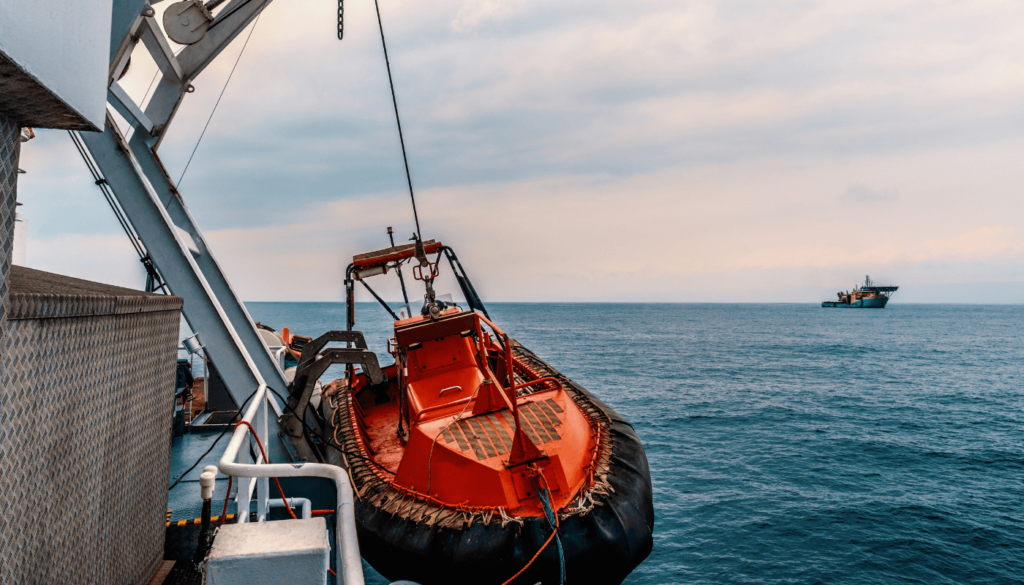
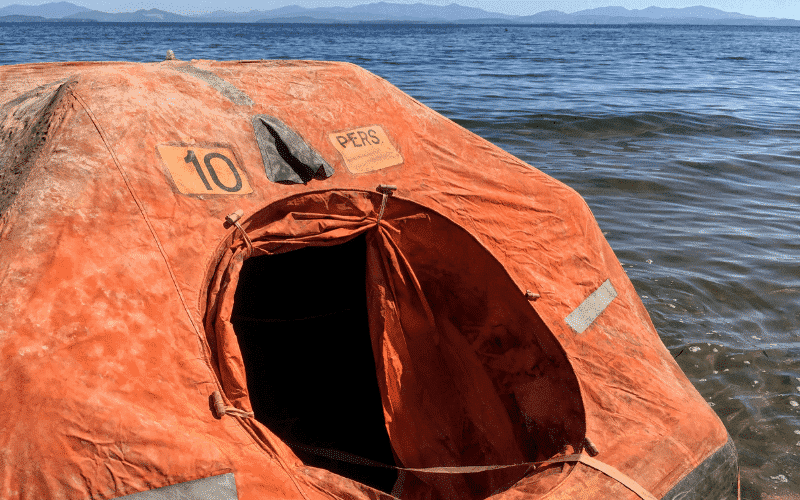
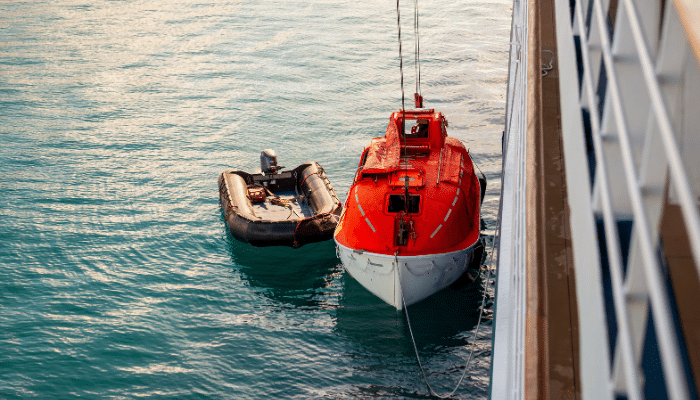
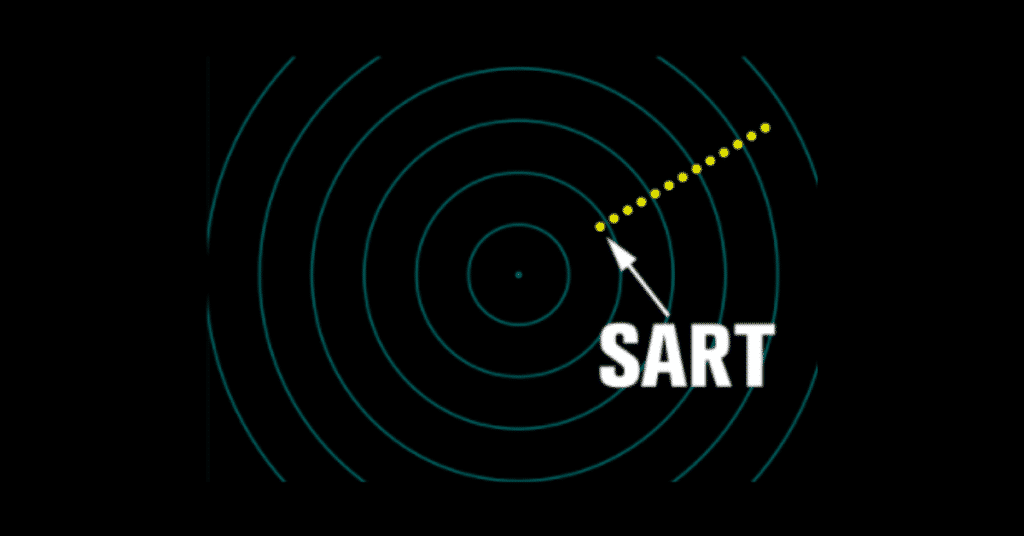
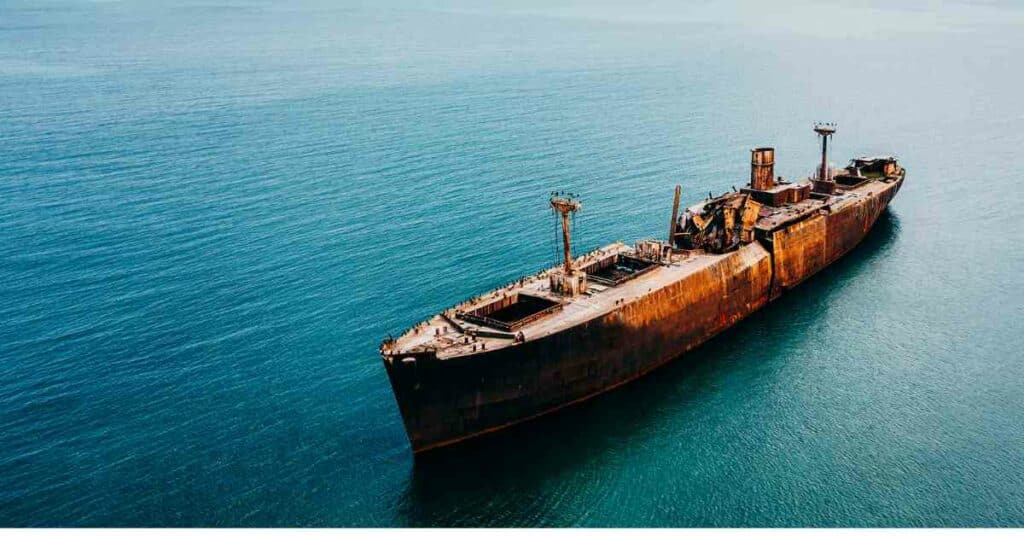

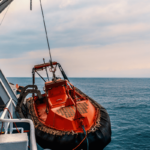
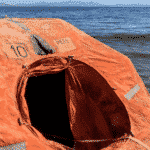
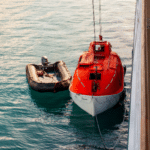
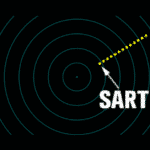
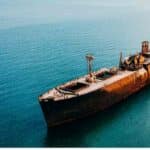
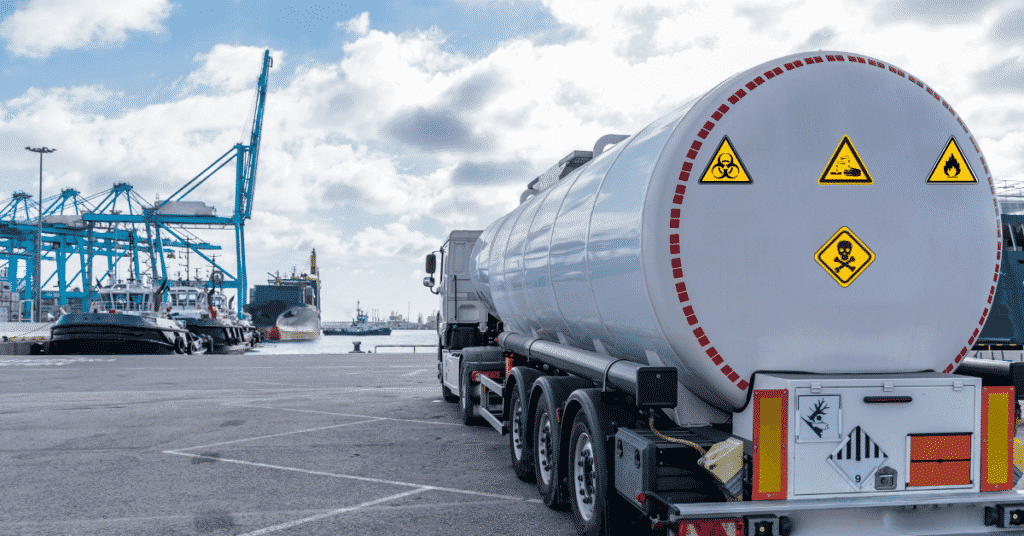
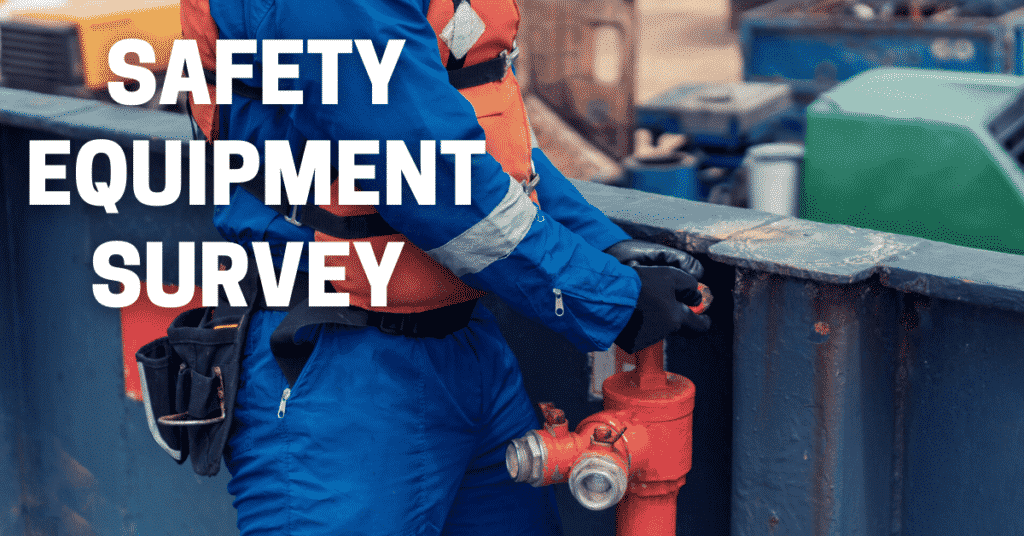
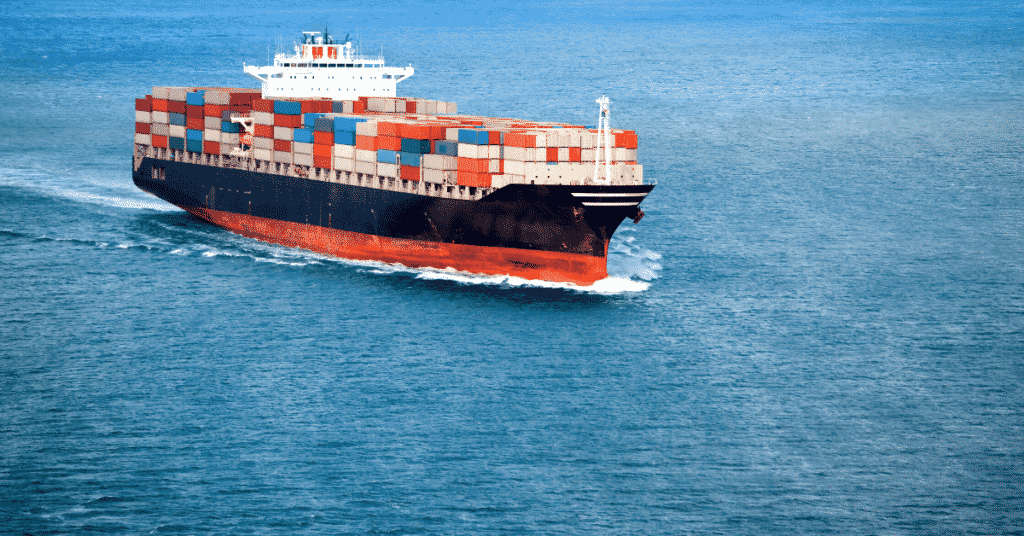
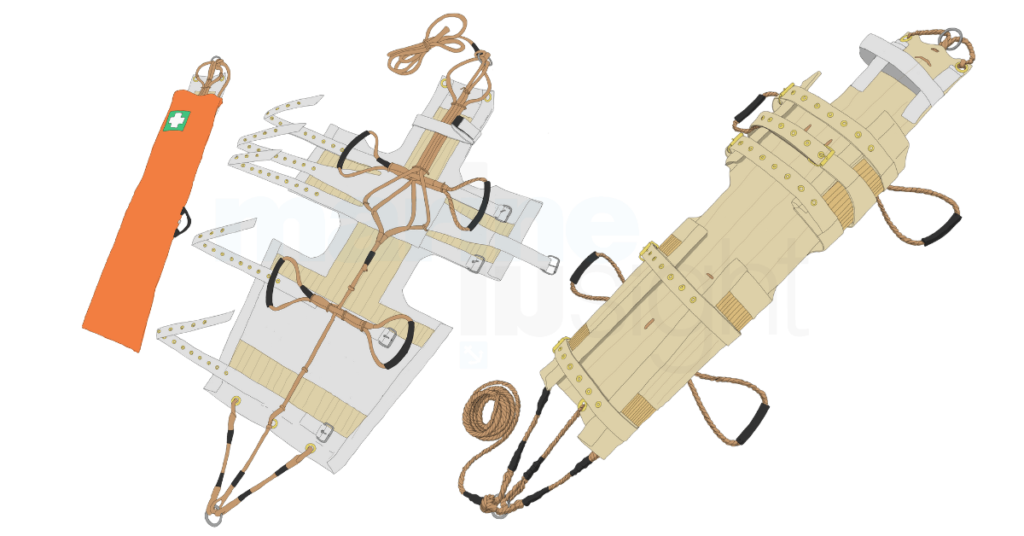
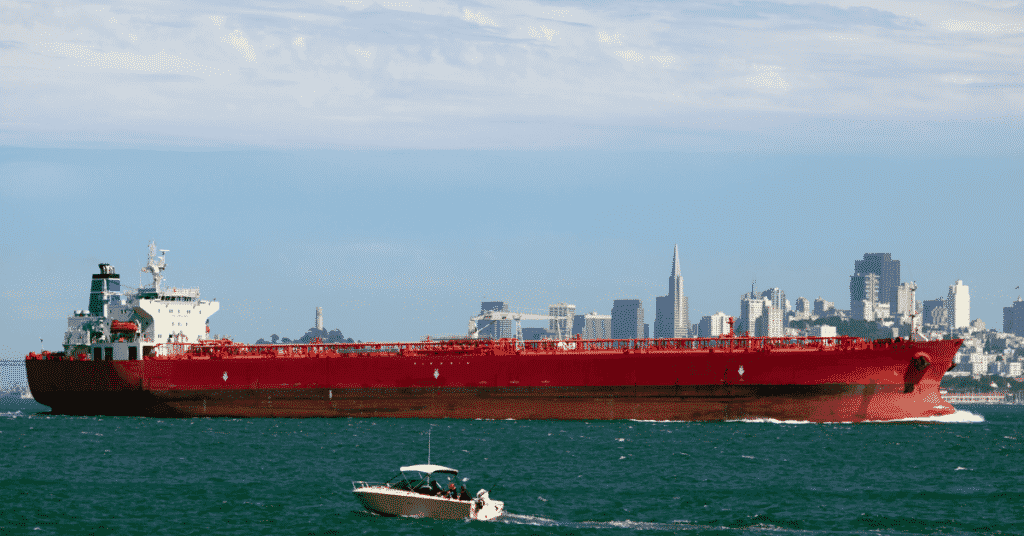
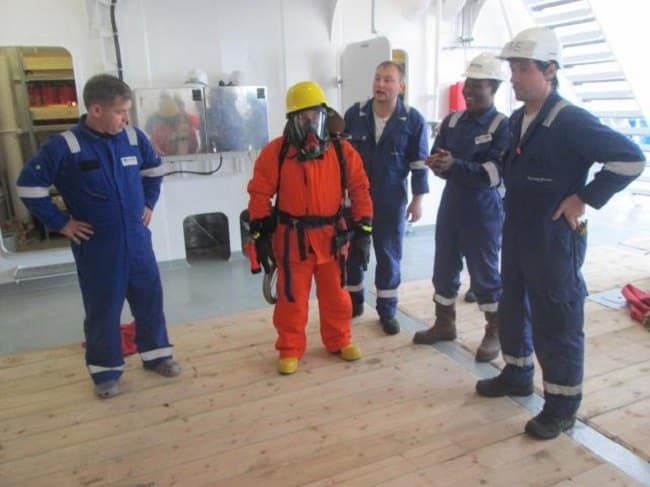
what are the risks taken when chainging the consignee name to a third part. and the prevention steps to be taken
Hi thank you for the information